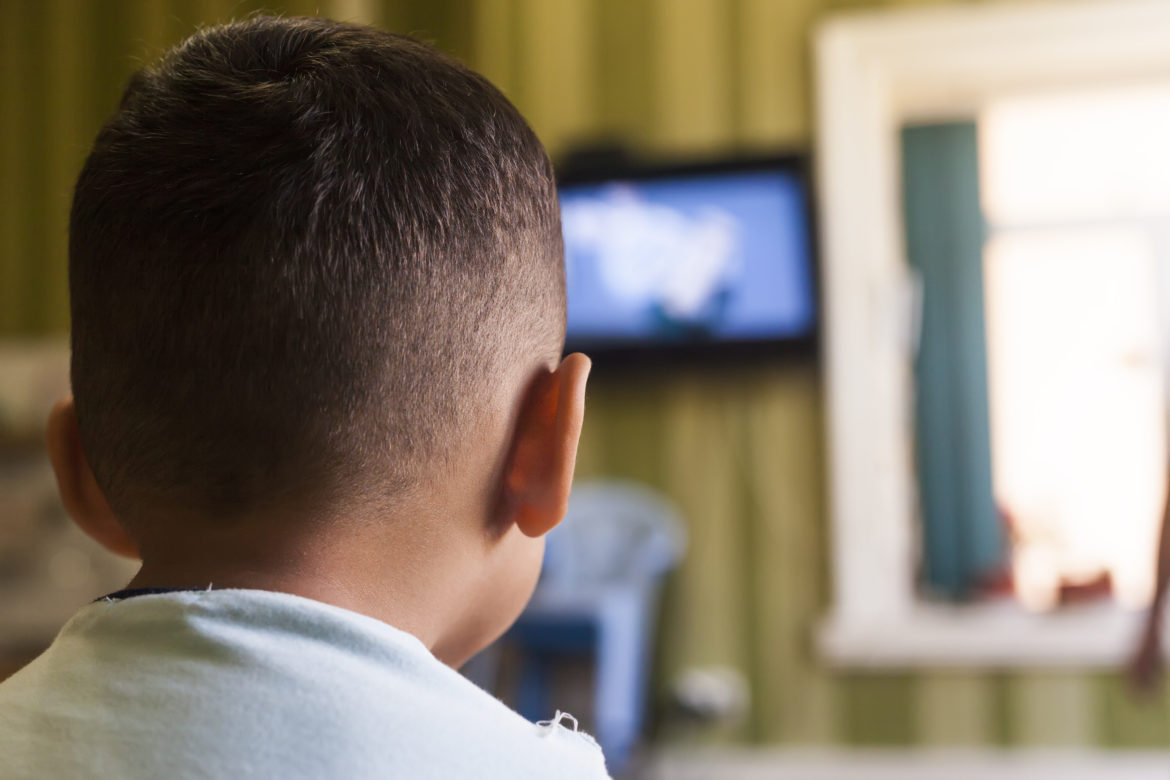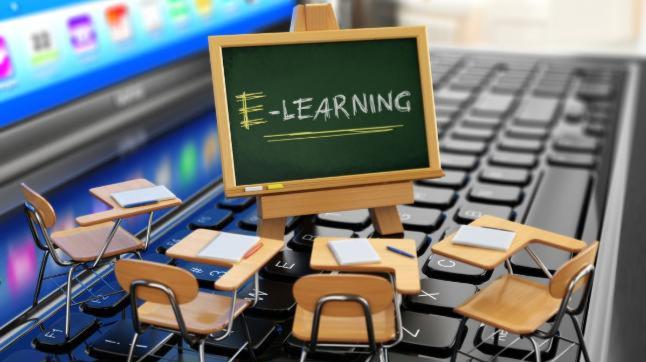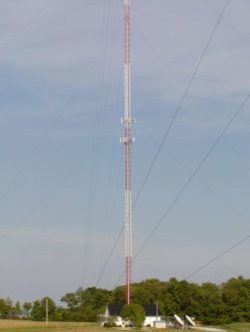Homepage Featured
Televised classes provide K-3 students with head start
|
In WIPB-TV’s effort to serve its neighbors and support local students, teachers, and schools impacted by the pandemic in its 22-county viewing area, the station is expanding its At-Home Learning Service to include televised lessons.
The pilot program, “WIPB Classroom,” will launch in Jay County and focus on grades K-3, offering remediation and enrichment in preparation for the start of the school year.
“Our goal is to support teachers and help students combat learning loss that is experienced during the Summer — and especially this year — because students have been away from the classroom for so long,” said Lori Georgi, WIPB director of content.
Jeremy Gulley, superintendent at Jay School Corporation, approached Georgi with the idea of broadcasting televised lessons. Jay teachers will provide the lessons for the pilot program.
“We are very pleased and proud to partner with WIPB to support families and students with their learning over the summer,” Gulley said. “We have to look to new and innovative partnerships utilizing community resources, and public broadcasting is an important piece of that.”
While most of the nation is moving to virtual learning, Gulley said for his school district, online learning can be problematic.
“In rural areas, internet can be spotty,” he said. “Those who dont have access to reliable broadband have to be supported. When we prepare lessons for television, it can cross any platform — giving teachers the opportunity to experiment with producing curricula that can cross through digital streams.”
The pilot lessons will focus heavily on literacy with instruction that will align with Indiana standards and is appropriate for all K-3 students, regardless of which school district they attend.
Georgi said “WIPB Classroom” was a perfect fit with the PBS mission. It will air on WIPB 49.1, which is available on cable and satellite systems and free over-the-air antennas.


